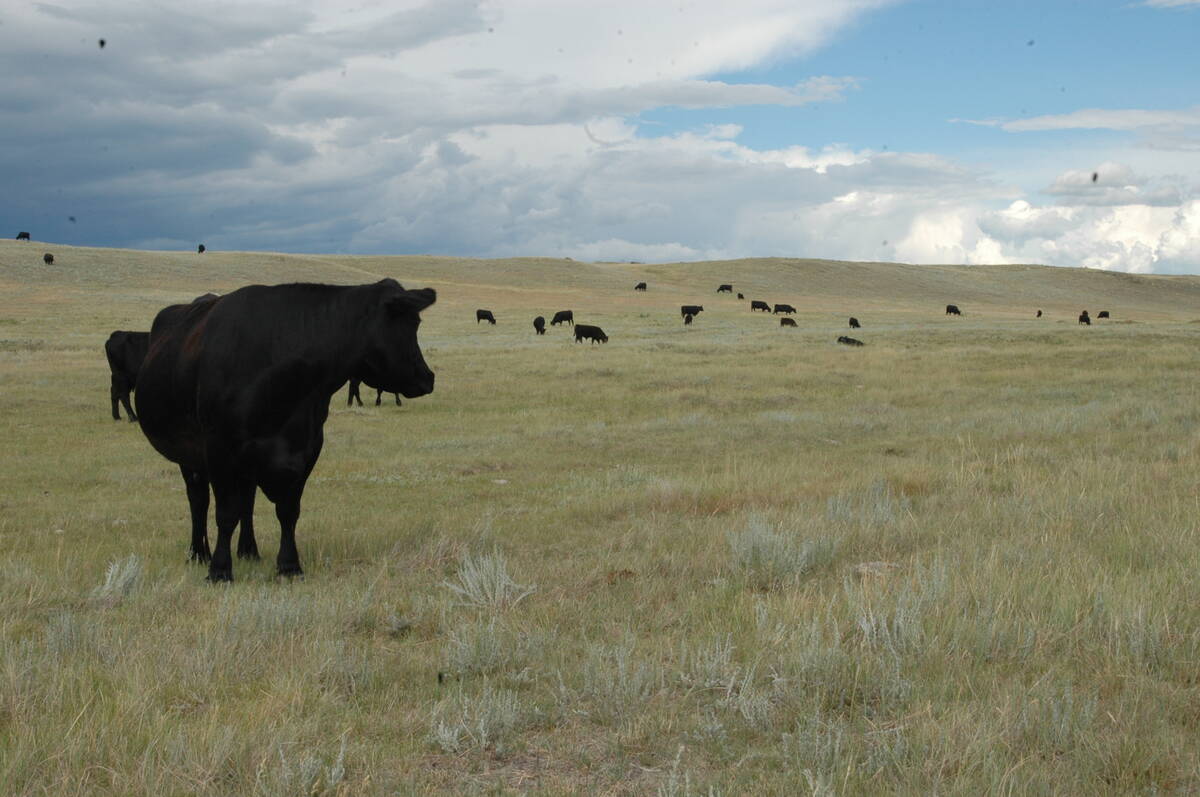Recent changes to the Canadian Food Inspection Agency’s anthrax program will drastically affect the management of this disease on the Prairies.
The CFIA will not investigate anthrax outbreaks, collect or test samples, quarantine properties, provide anthrax vaccine, compensate producers or supervise carcass disposal and disinfection. These changes came into effect April 1.
The CFIA says on its website that it is making these changes to modernize disease response and redistribute resources for foreign and emerging animal disease threats. No doubt, the change also reflects the current federal government’s budget-cutting policies.
Read Also

Canadian Food Inspection Agency slammed for handling of bovine tuberculosis case
The federal government leans heavily on producers to “take one for the team” and risk their livelihoods without any reassurance of support.
Anthrax will still be considered a federally reportable disease, which means that suspected cases still have to be reported to the CFIA.
Additionally, the World Organization for Animal Health will continue to receive annual reports of anthrax in Canada.
Anthrax is a highly fatal disease caused by the bacterium bacillus anthracis. Spores are especially adapted to long-term environmental survival and can remain infective for decades in certain soil types.
A variety of animals are susceptible to anthrax, but cattle, bison, sheep, goats and horses are most commonly affected in Canada.
Anthrax is a zoonotic disease, meaning people can get the infection from animals. People most often become infected through contact with diseased animals. Breaks in the skin provide a route of entry for the bacterium. Eating undercooked, anthrax-infected meat is another possible route of infection.
Powdered anthrax spores were famously distributed in letters in the United States in 2001, and the bacterium is considered to be among the most dangerous of biological weapons.
During the past decade, there have been sporadic cases of anthrax among intravenous cocaine drug users in Europe, presumably from contaminated drugs.
Carnivores such as dogs, cats and lions can become infected from consuming herbivore carcasses that died from anthrax. The disease in carnivores is typically less severe. Carnivores and scavengers are thought to be important in spreading the disease because they open carcasses, which causes anthrax bacteria to form highly resistant spores.
Animals eat or breathe in the spores from soil. Once in the body, the spores germinate and begin to rapidly divide. They release massive amounts of toxins, which quickly cause the death of the animal. Illness is short and many affected animals are found dead with no history of previous clinical signs.
Anthrax should be suspected in any animal found suddenly dead or those with bloody discharge from body openings.
Vaccination is considered to be effective. Vaccine recommendations and purchasing can be made through herd veterinarians.
Management of the disease will fall on producers and their herd veterinarians if there is another large anthrax outbreak, such as the one in 2006 that caused more than 800 animal deaths.
Producers will have to undertake the extensive work required to properly dispose of carcasses by burning or burial and disinfect contaminated soil and equipment.
Additionally, the recommended personal protective equipment necessary to minimize the risk to people who handle carcasses is extensive and may not be readily available in rural communities.
The cost of laboratory testing and vaccinating will also be the responsibility of producers.
Anthrax outbreaks are associated with flooding and wet pastures followed by dry, hot weather. Other risk factors include high stocking density and short grass. Hay that contains soil can also be a source of infection.
Given our heavy snowfall last winter and flooding this spring, an anthrax outbreak may be on the agenda for this summer, and the CFIA will not be there to help.














